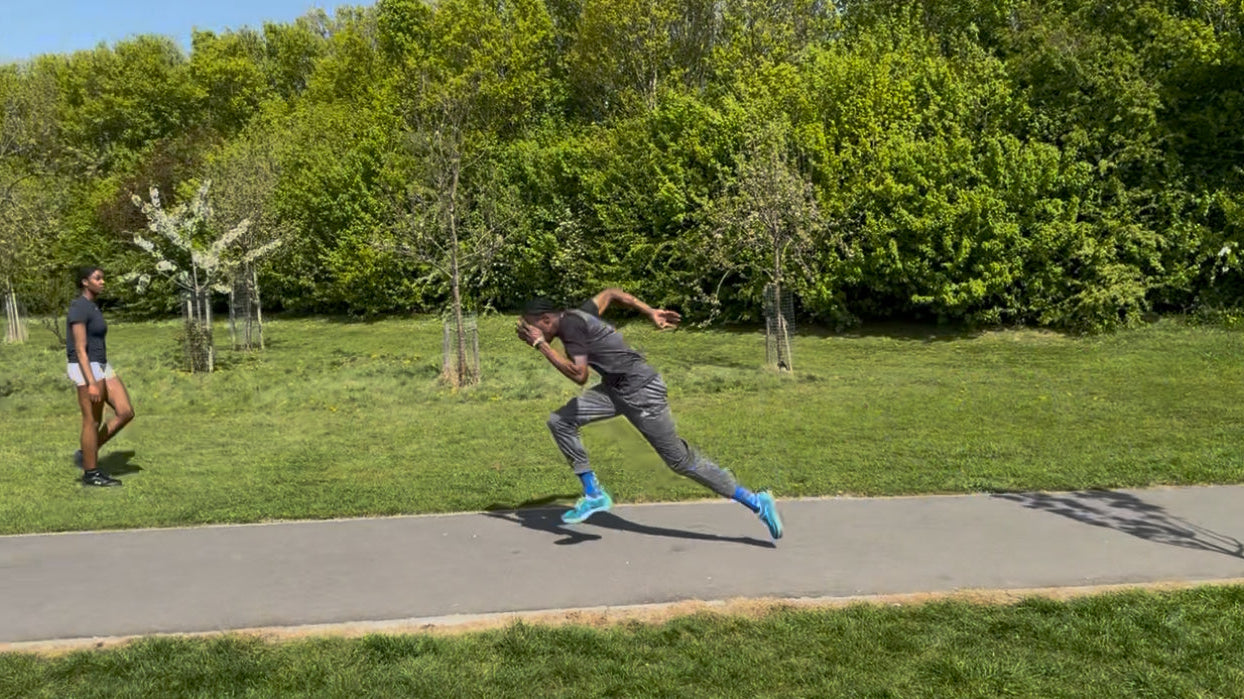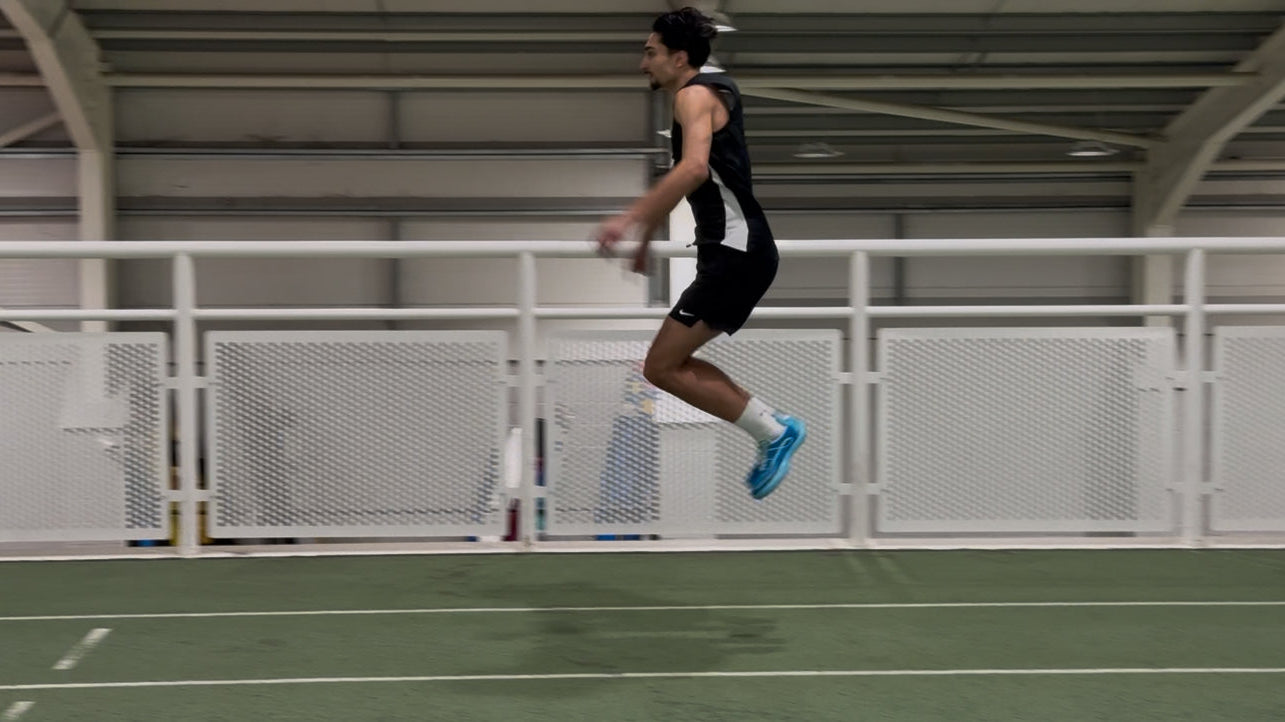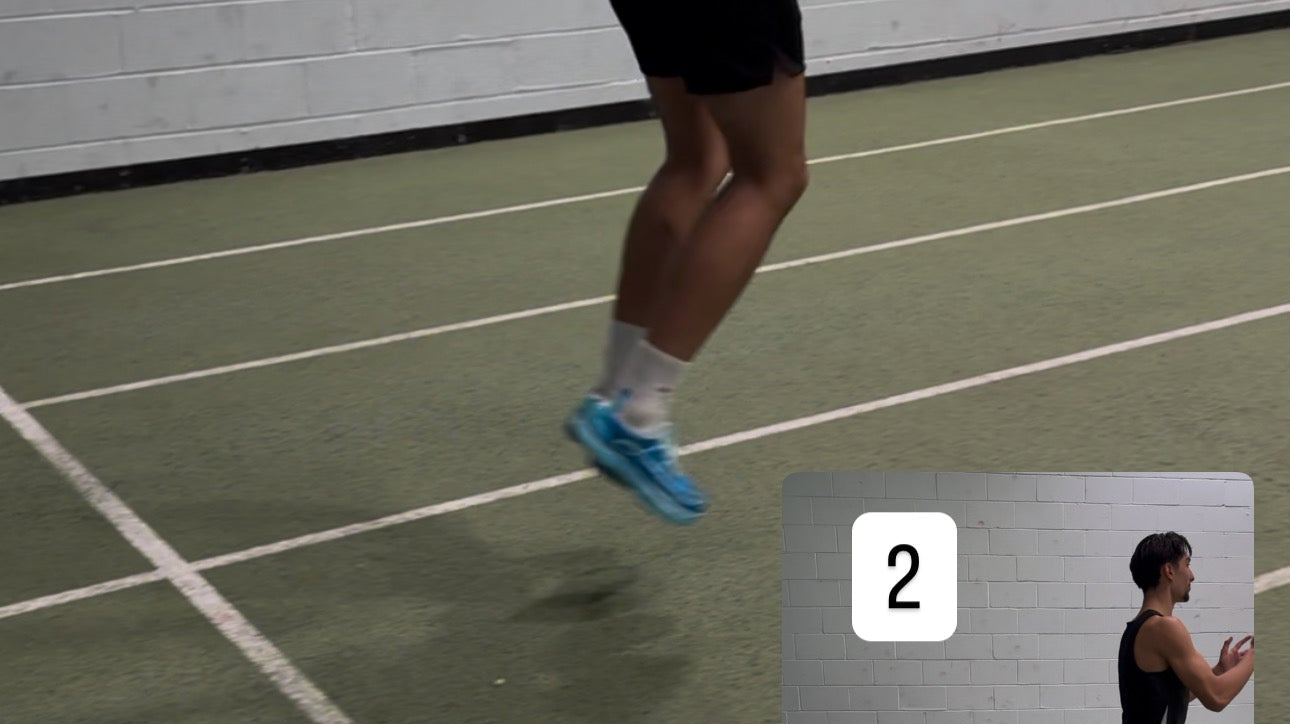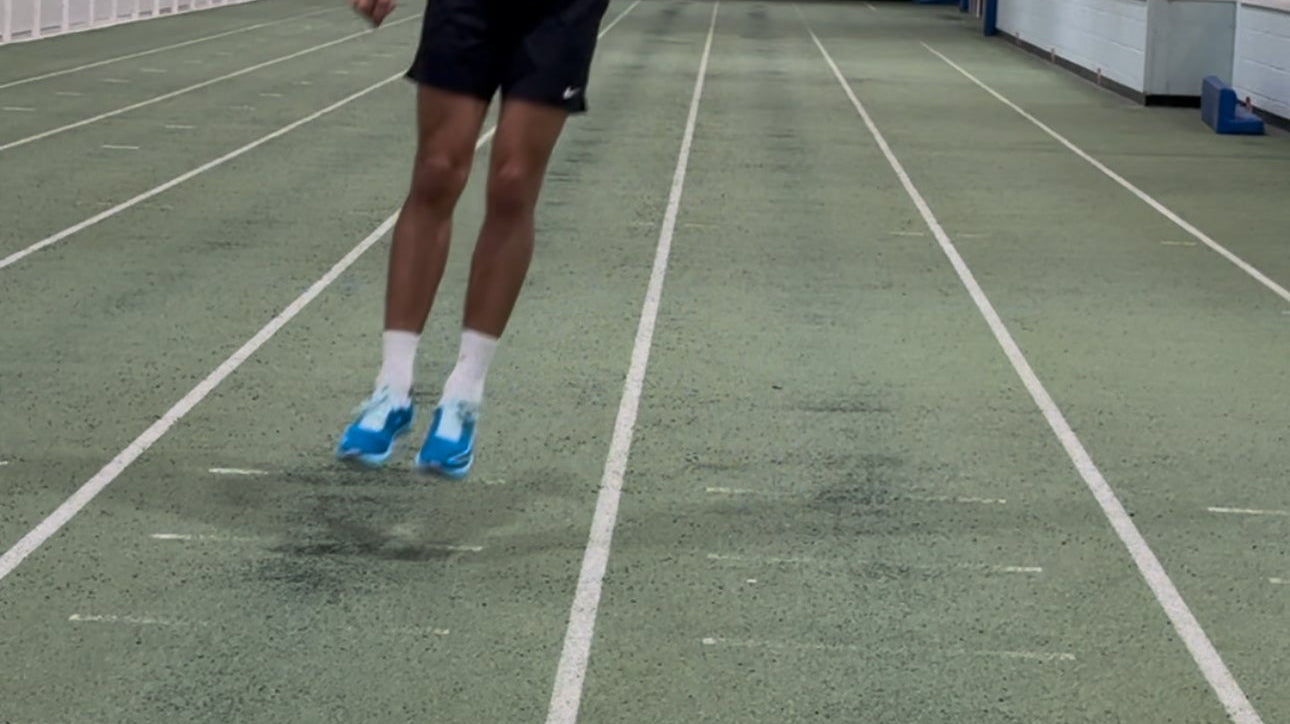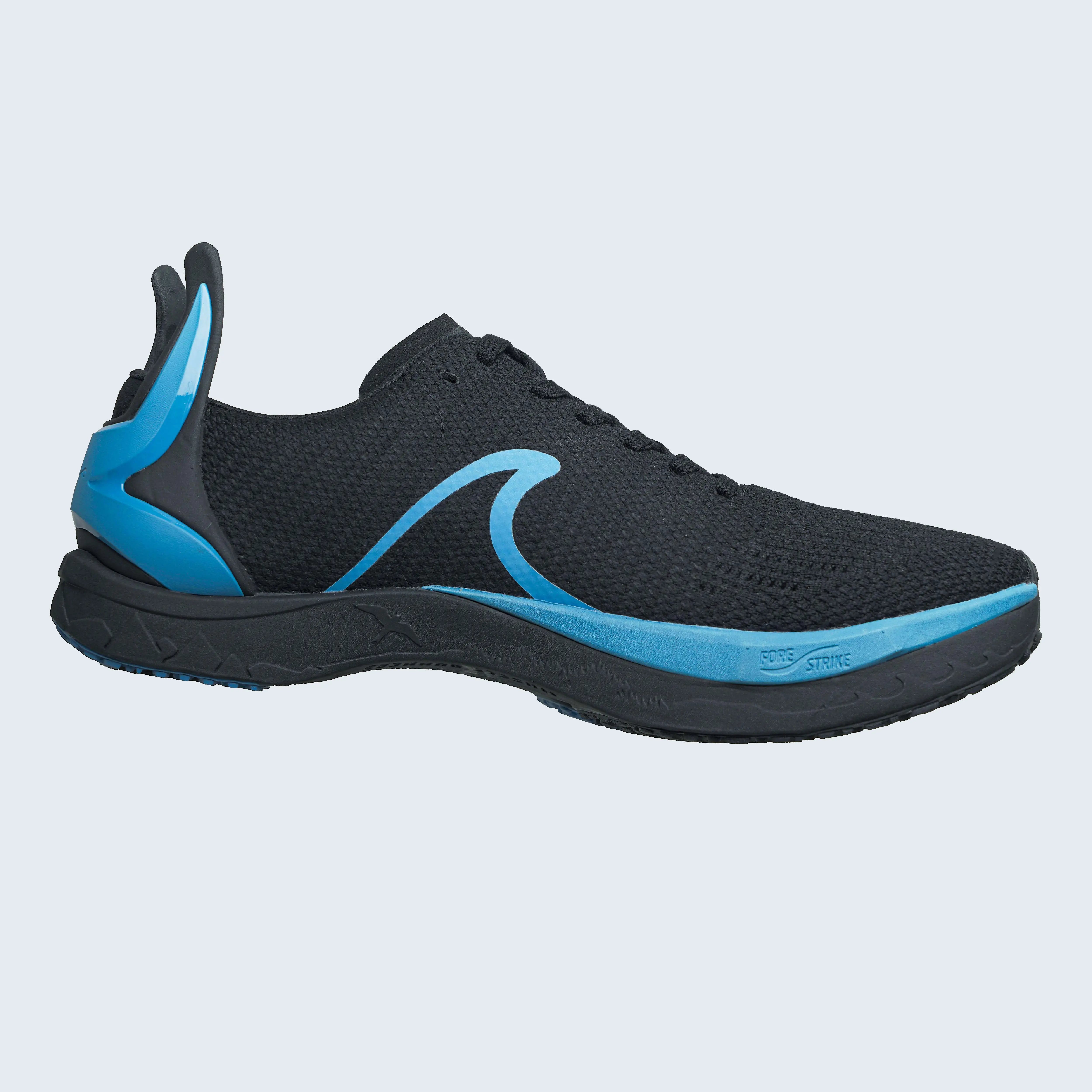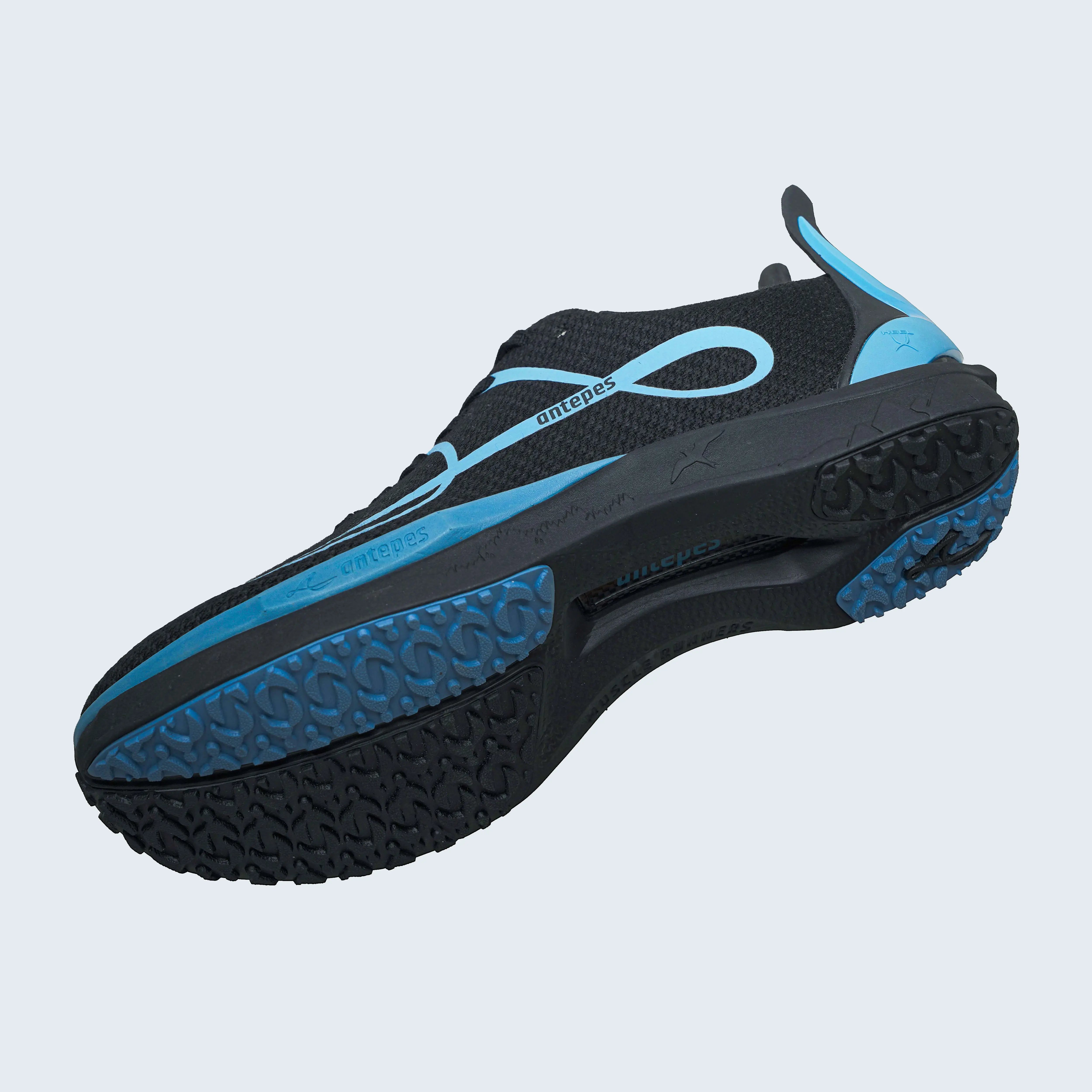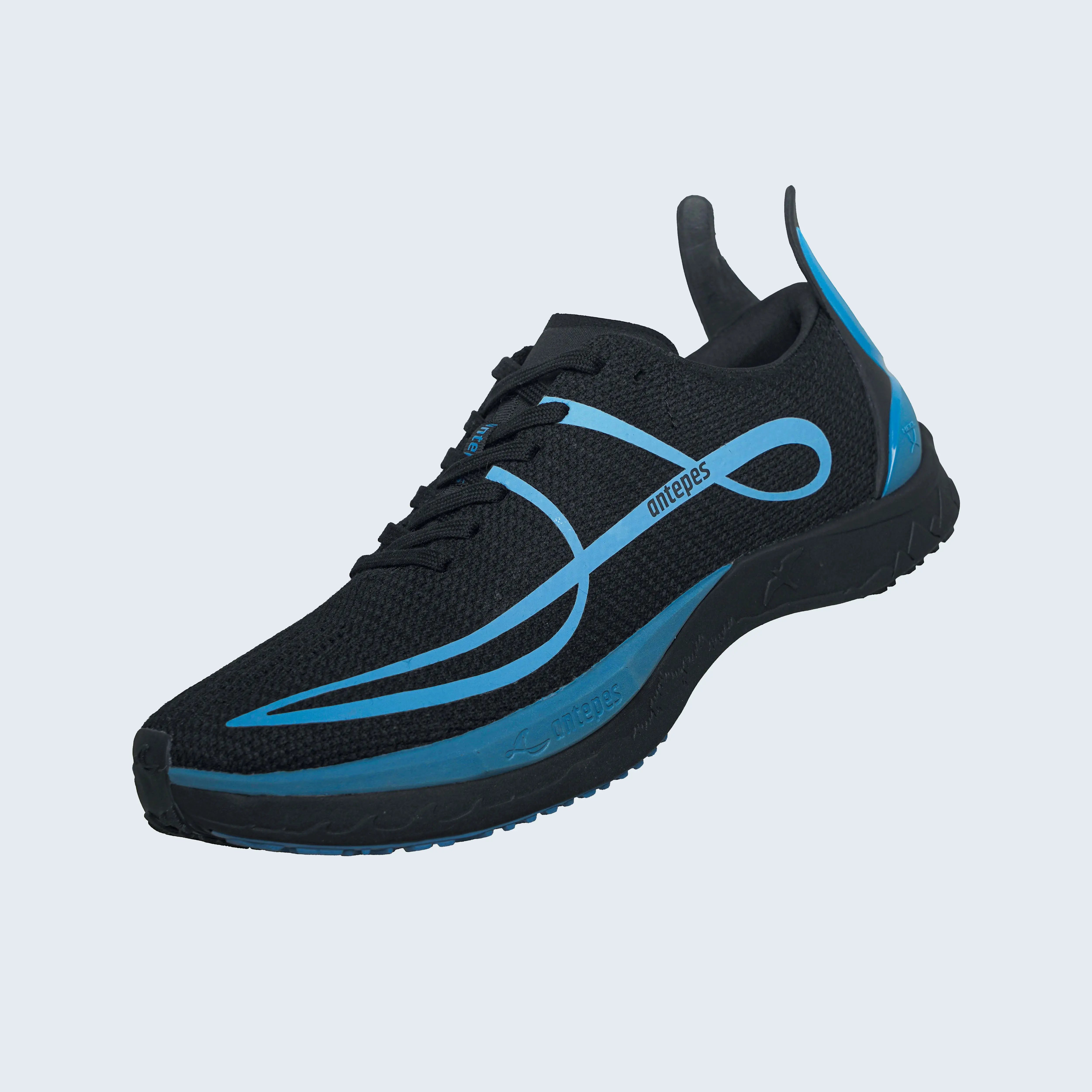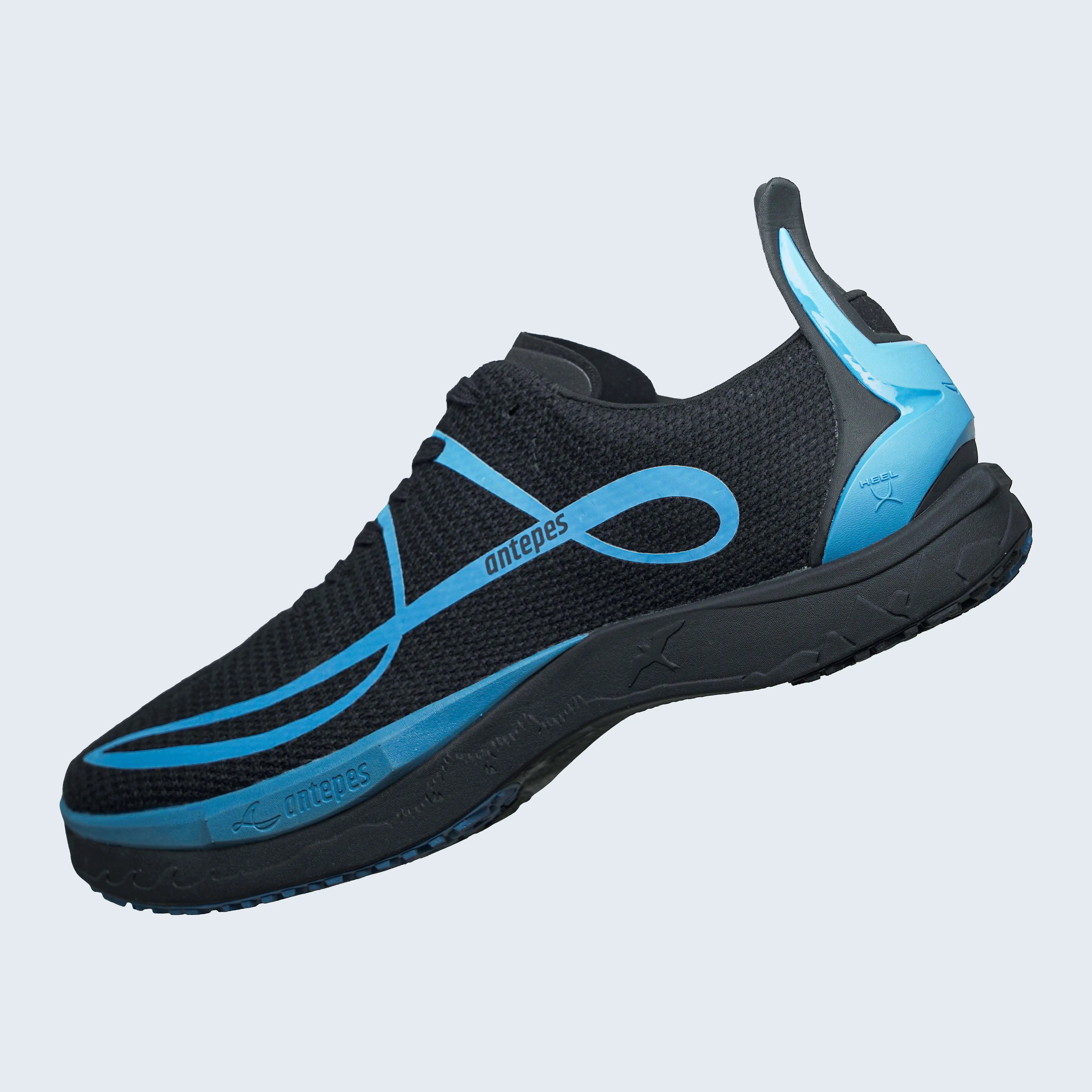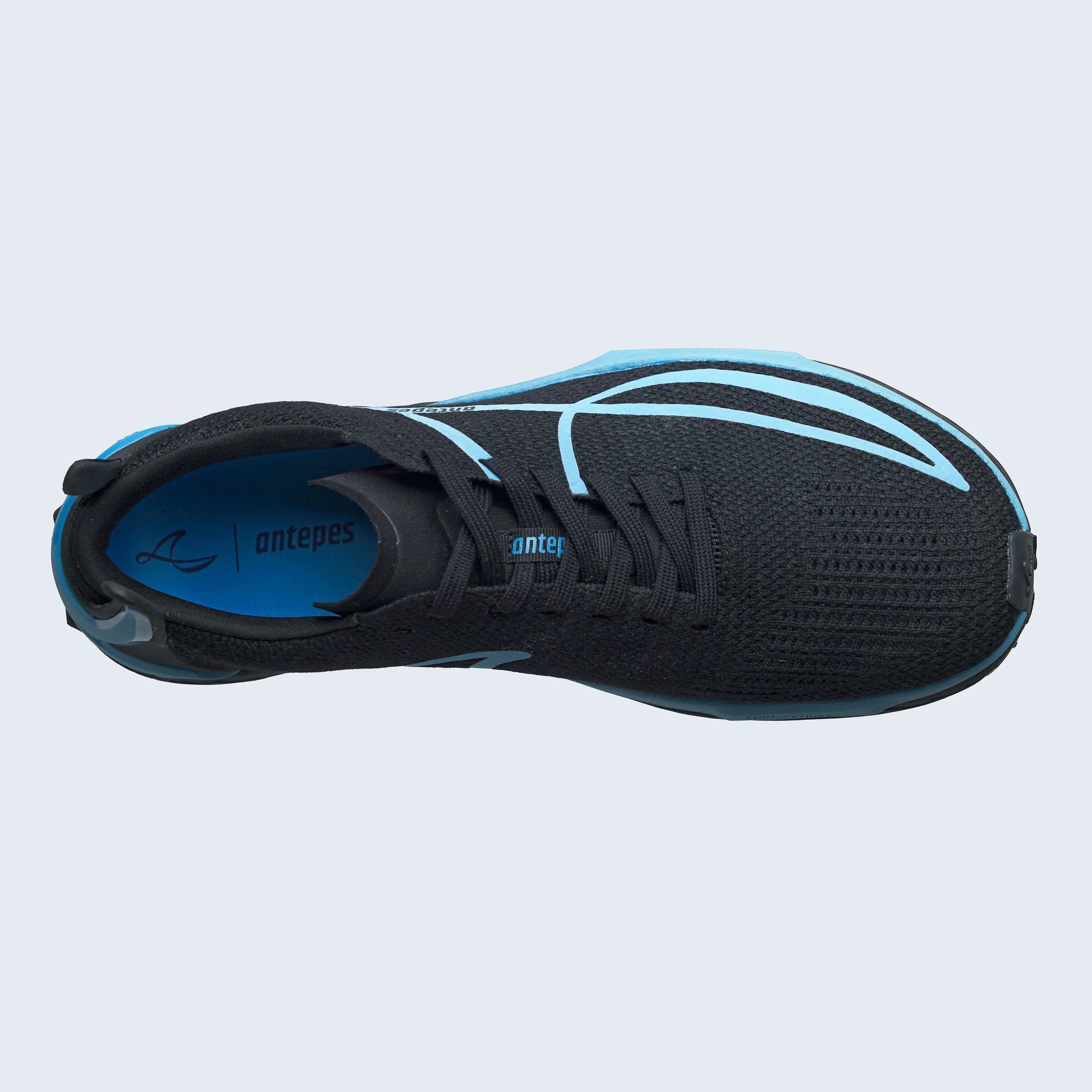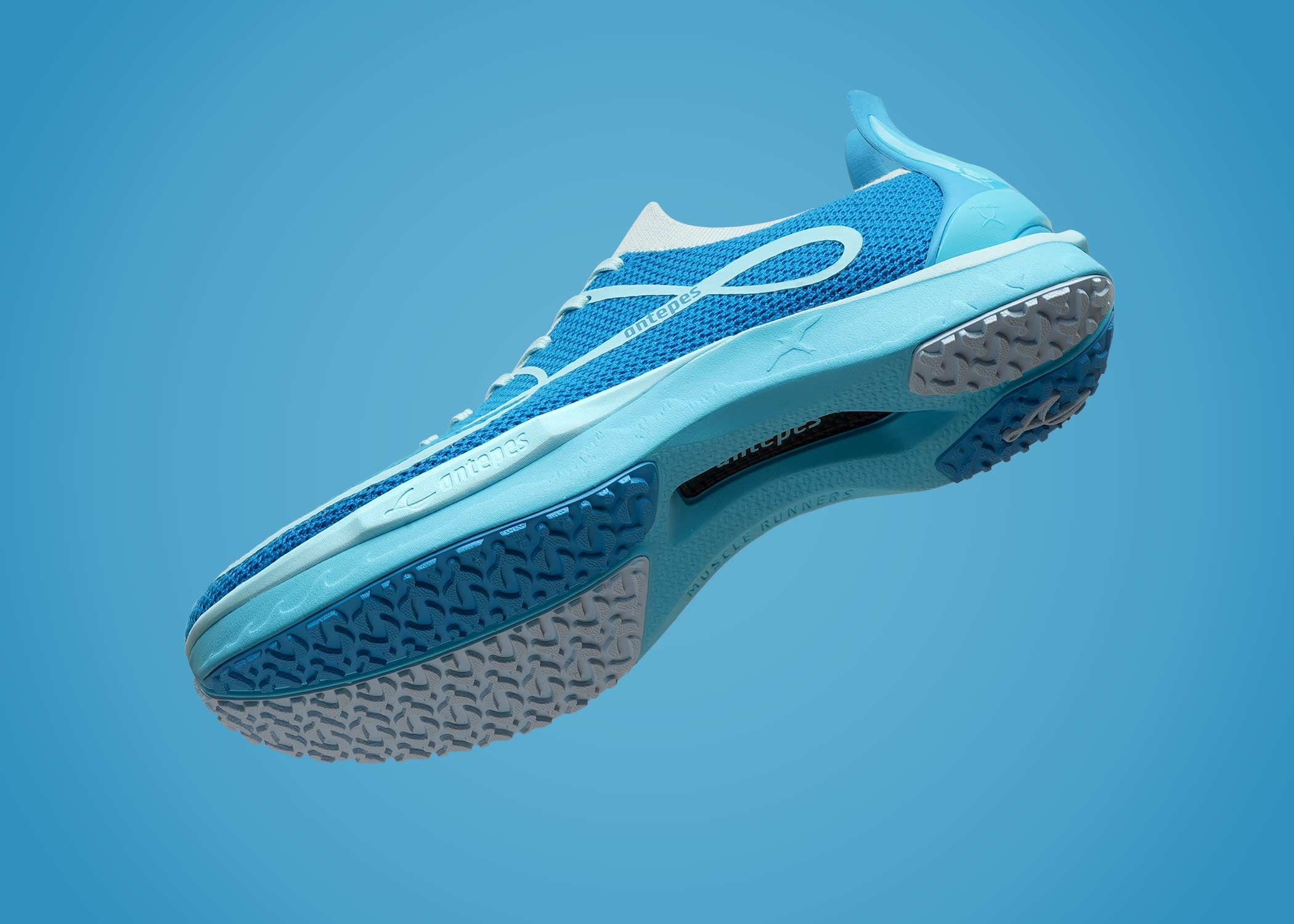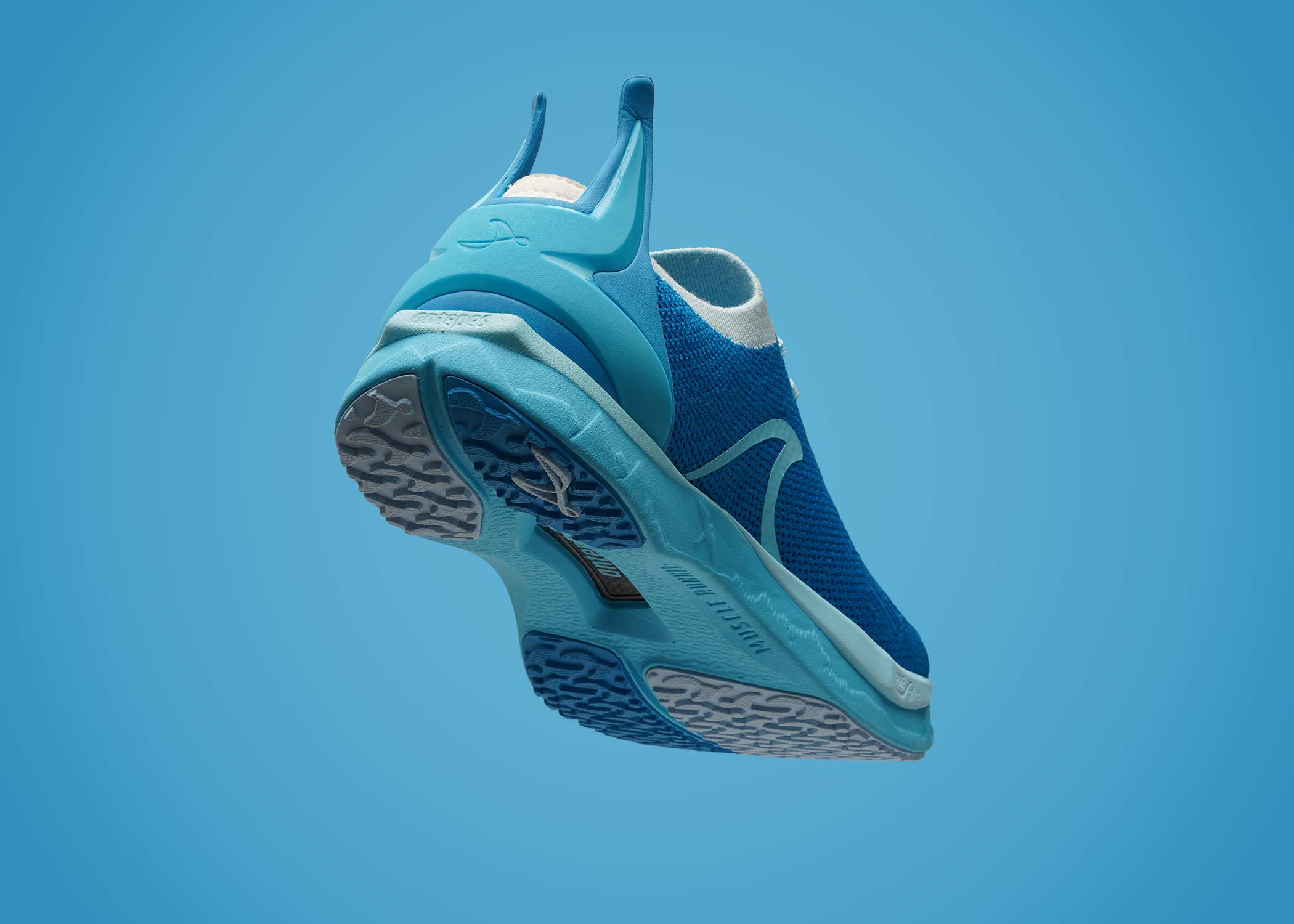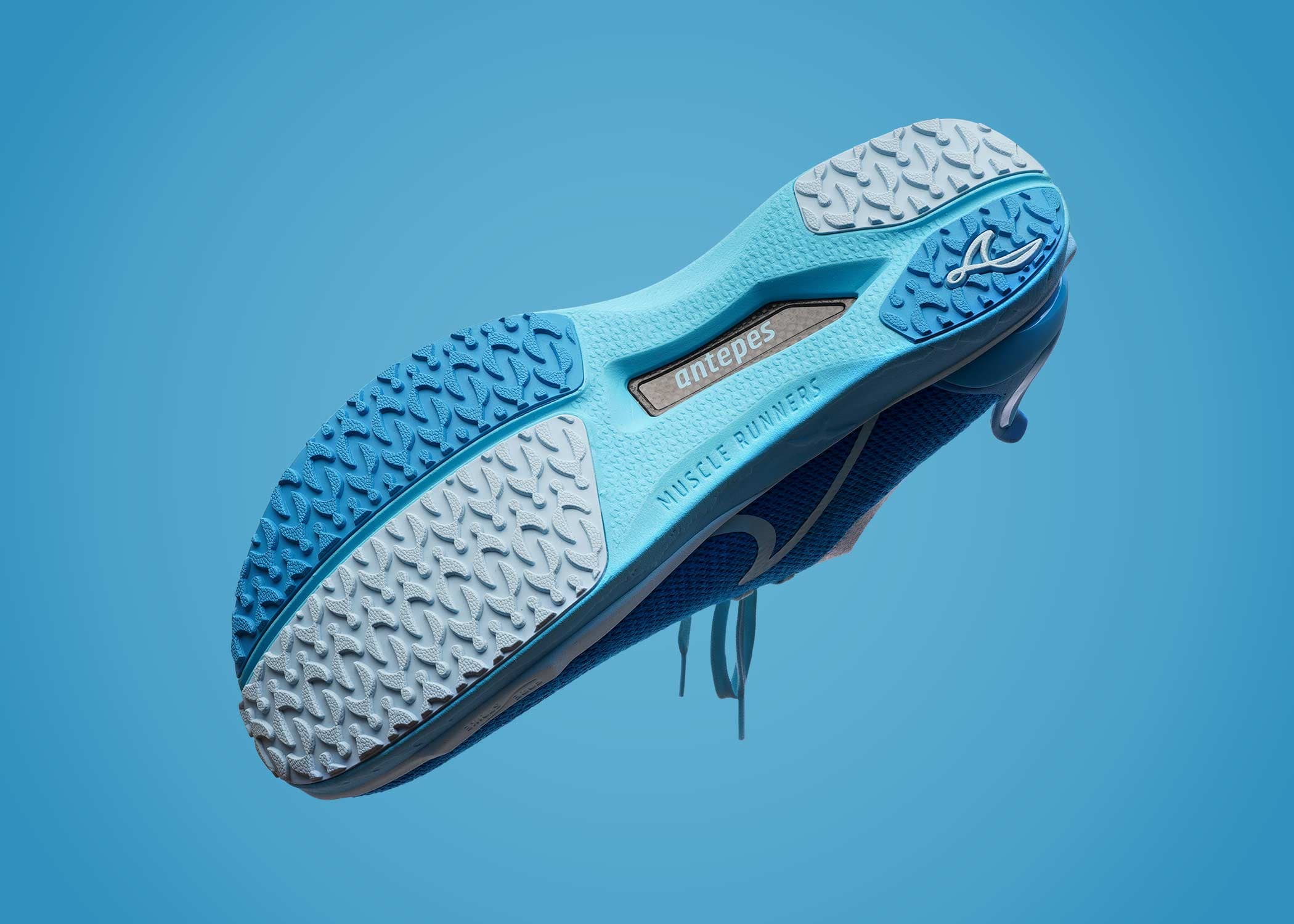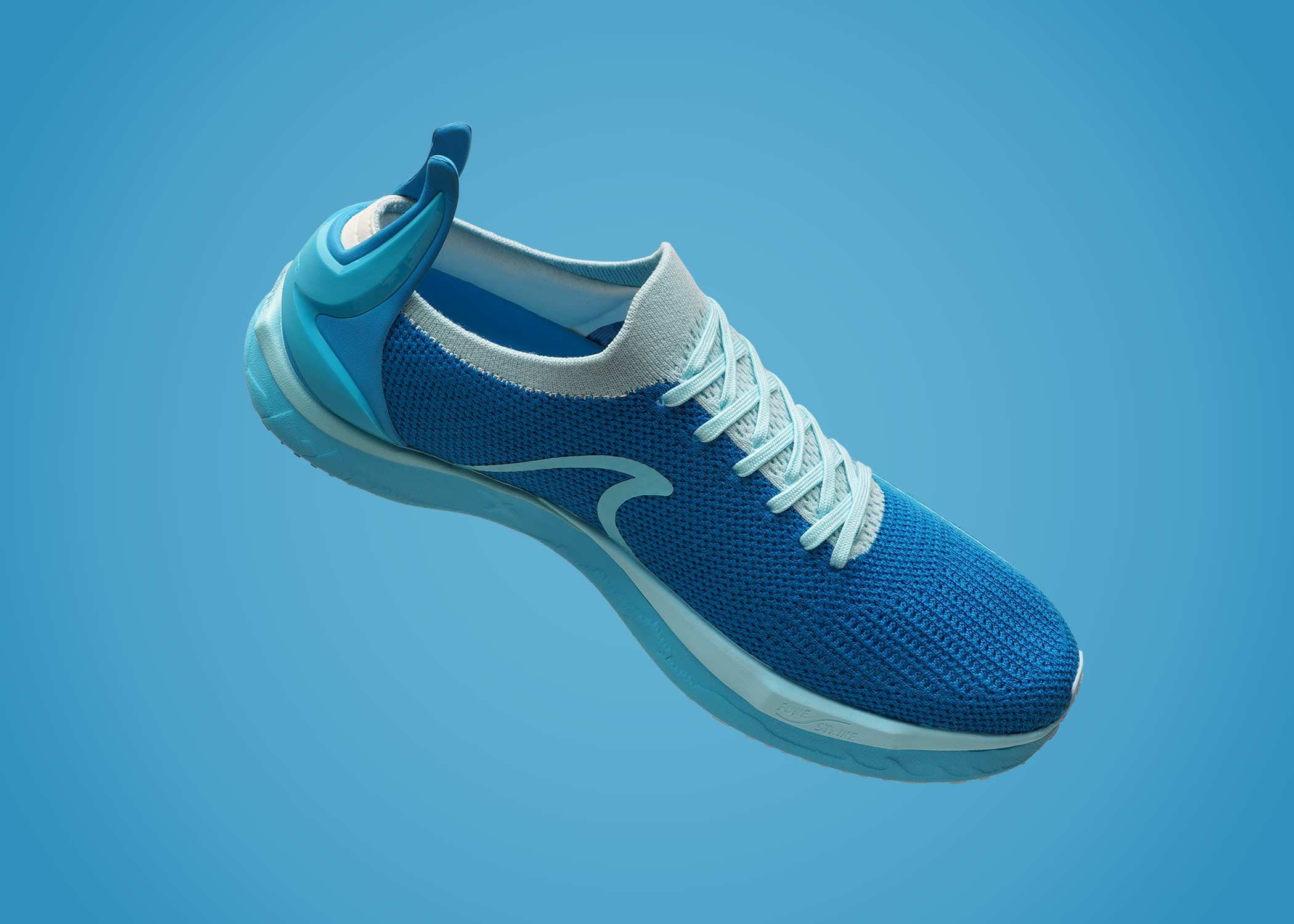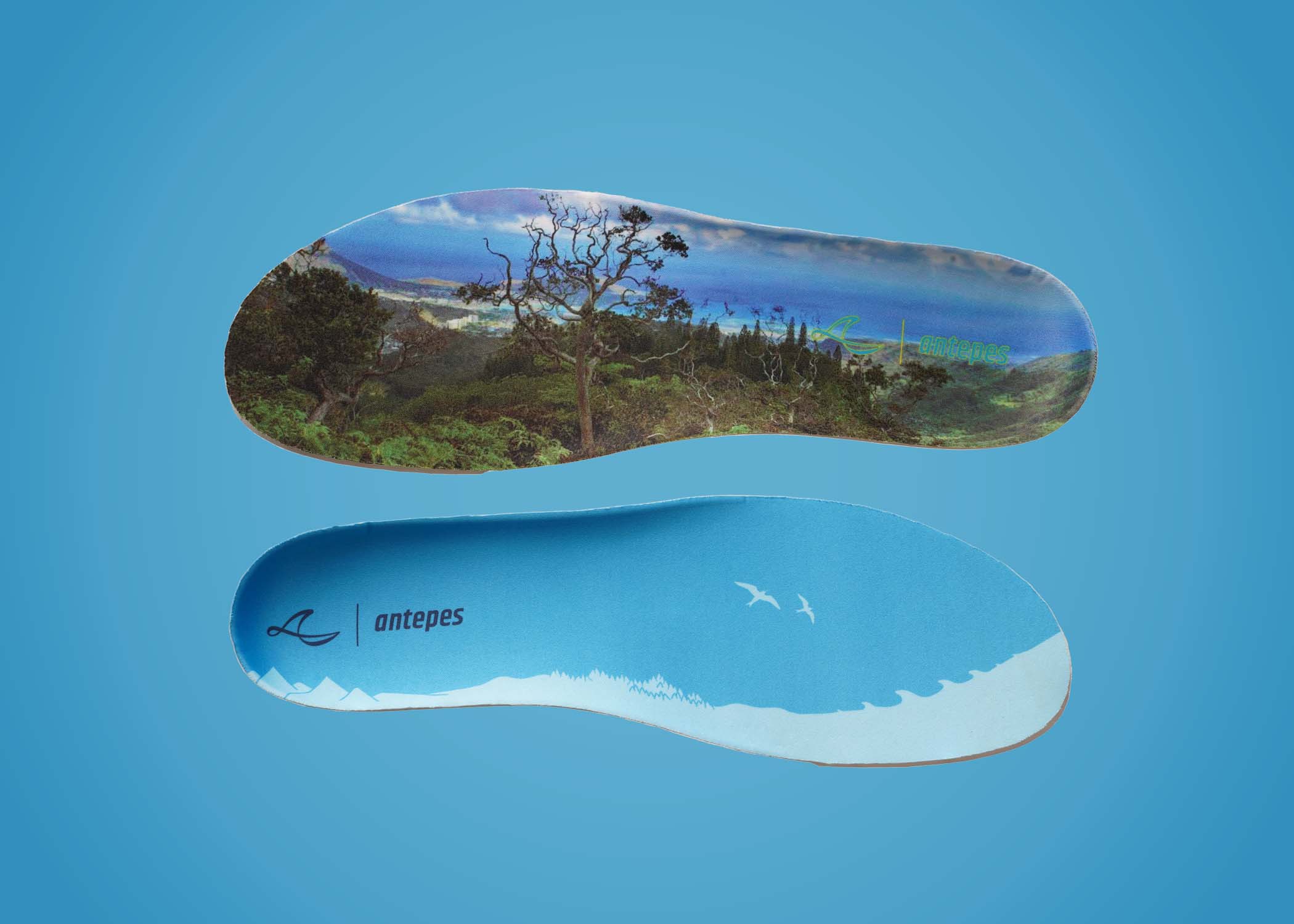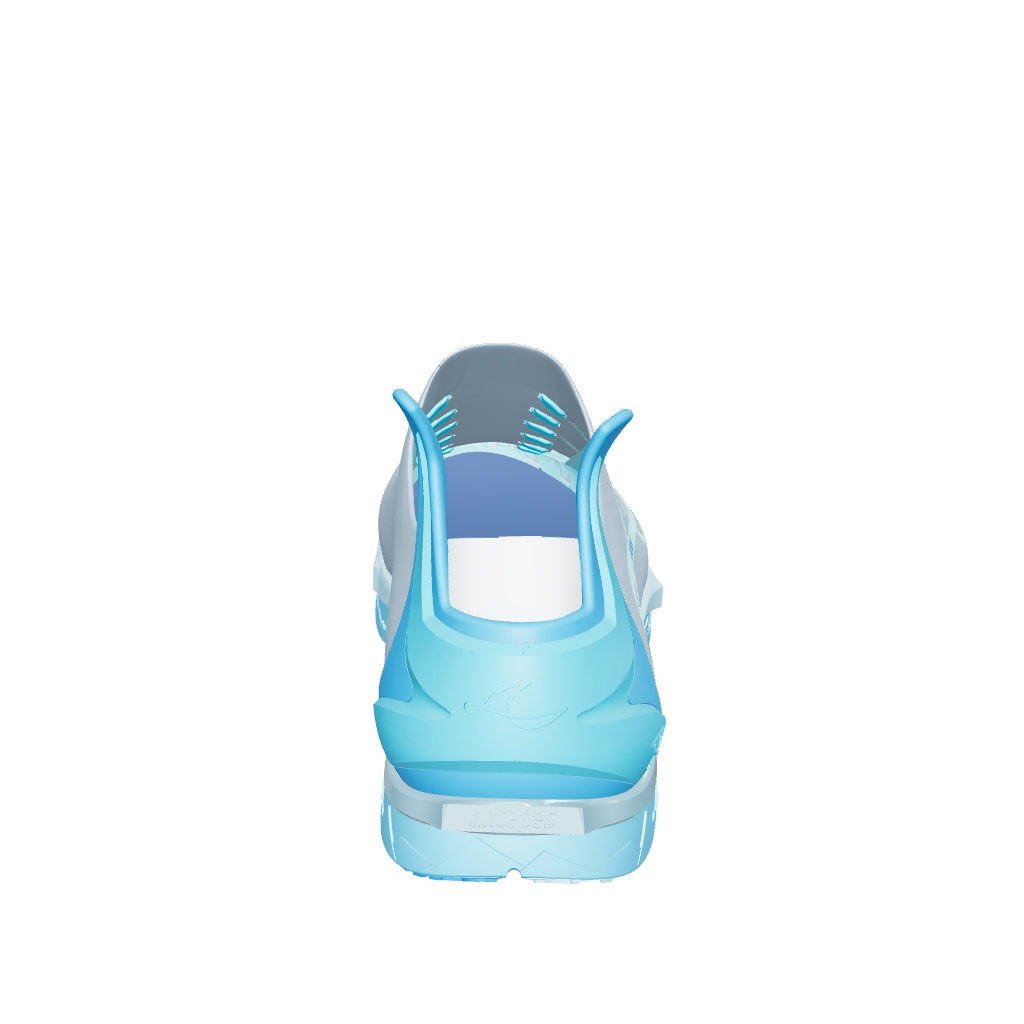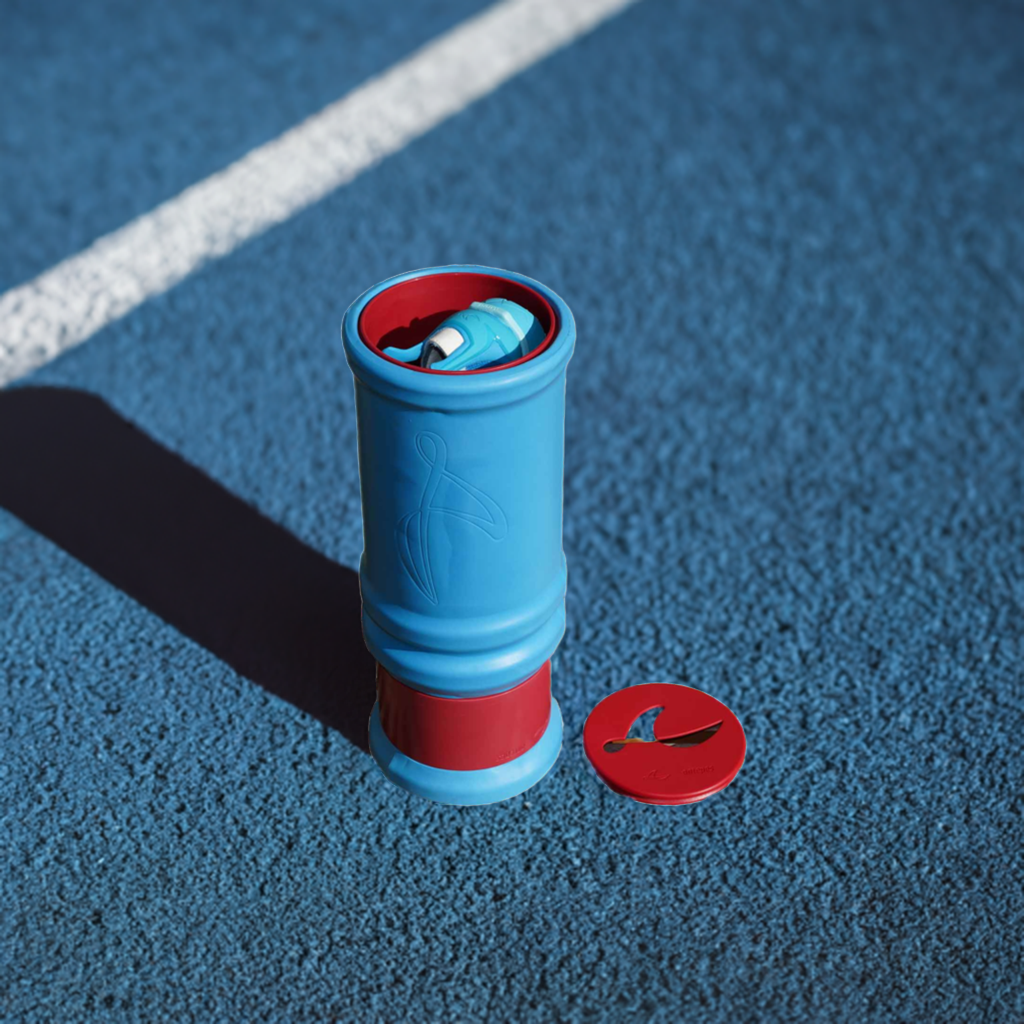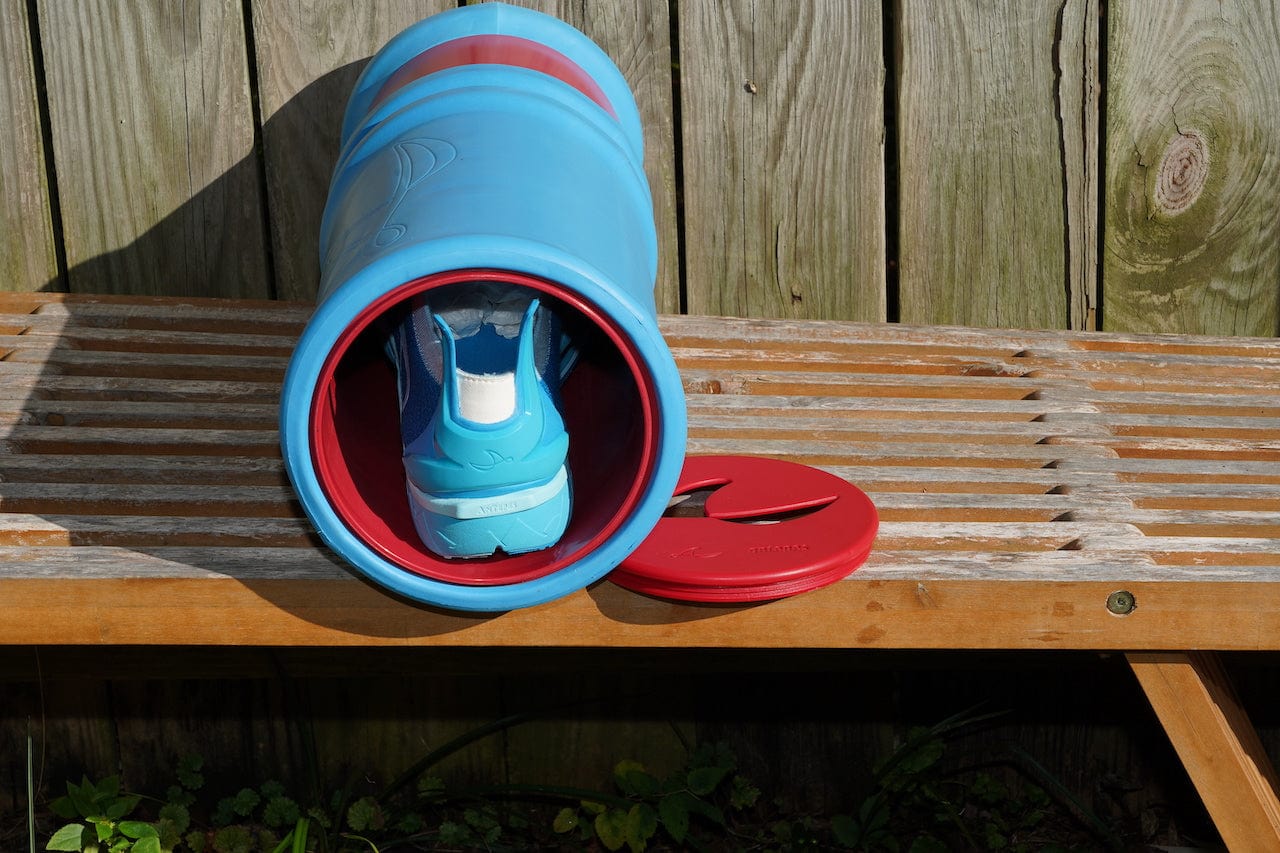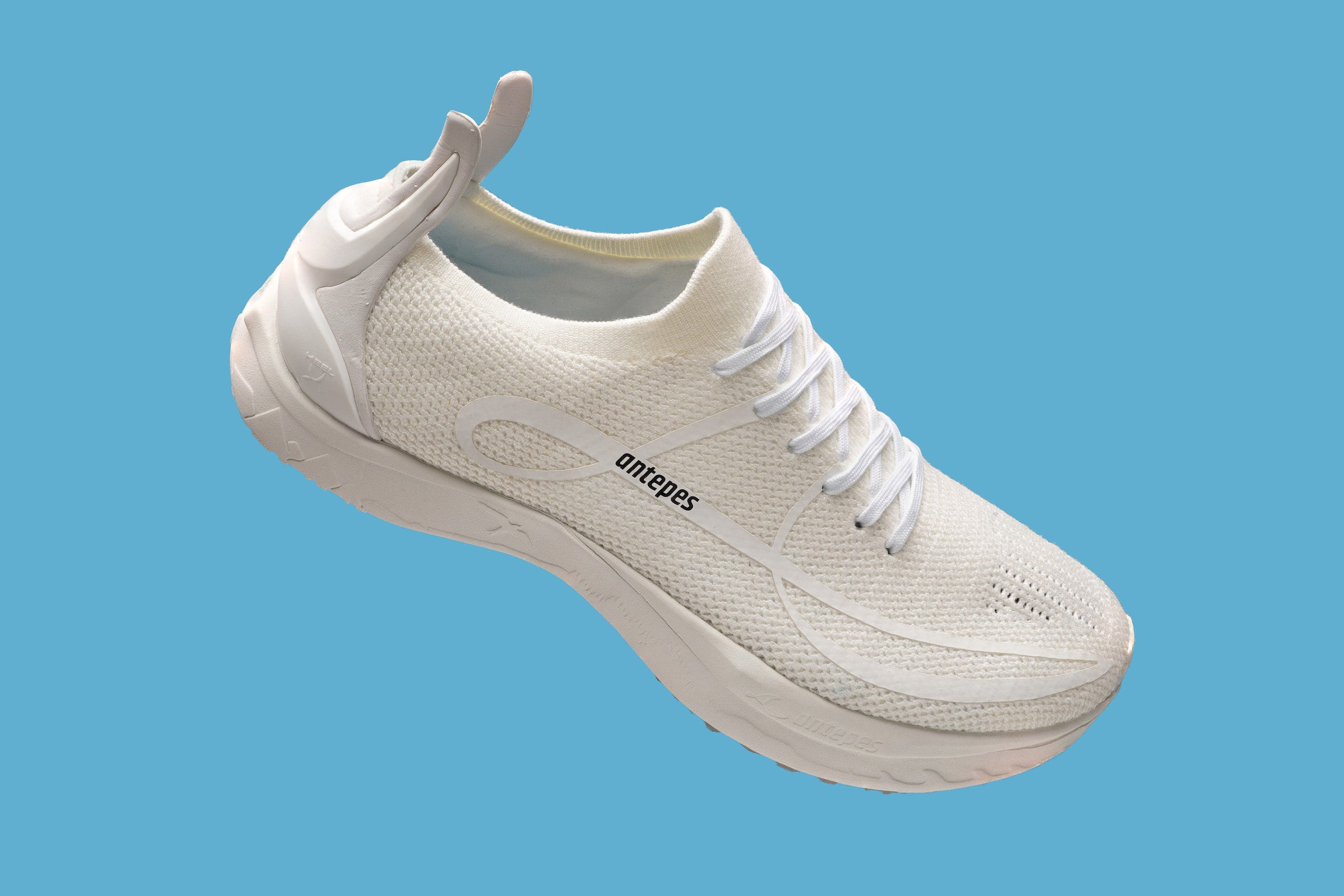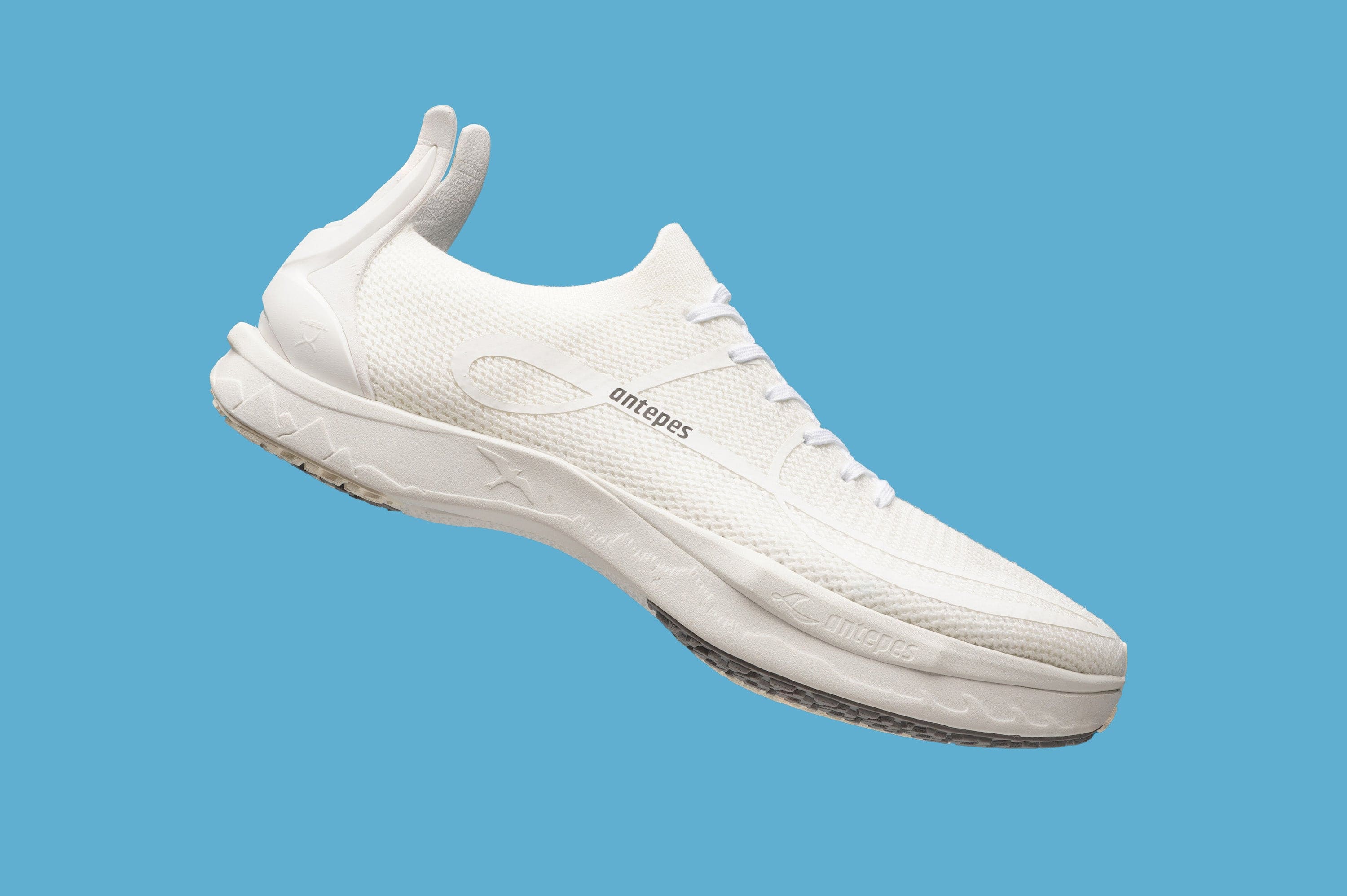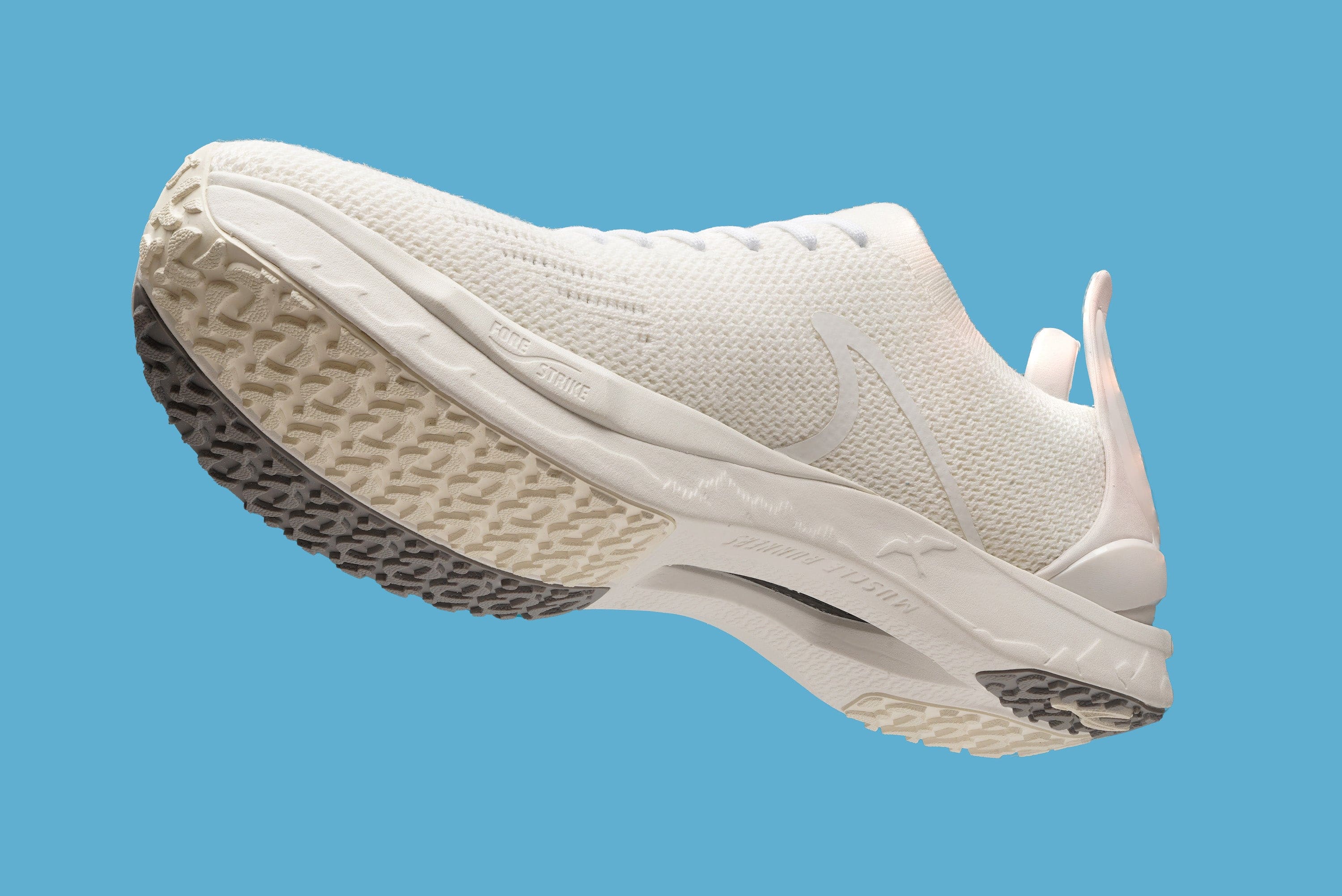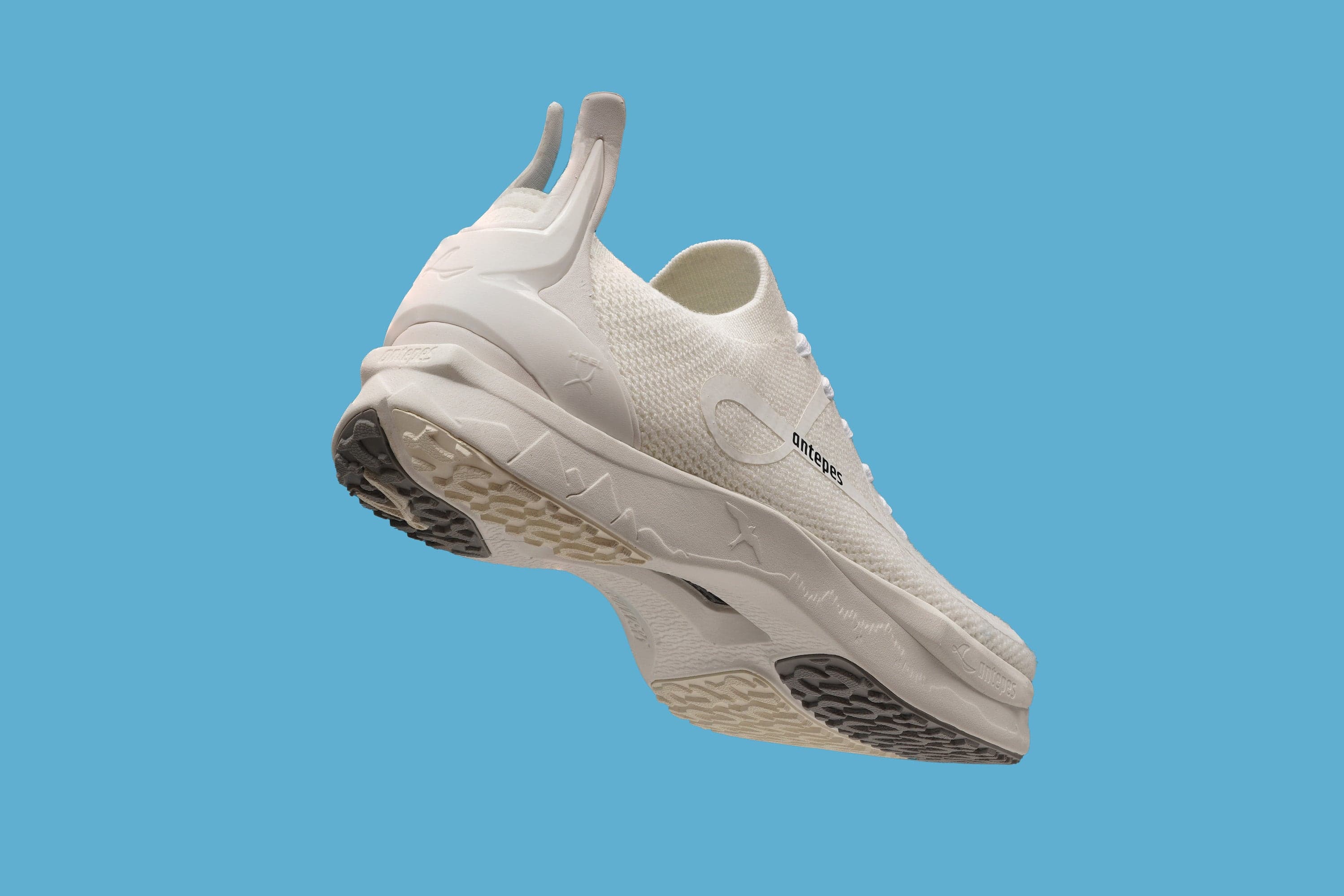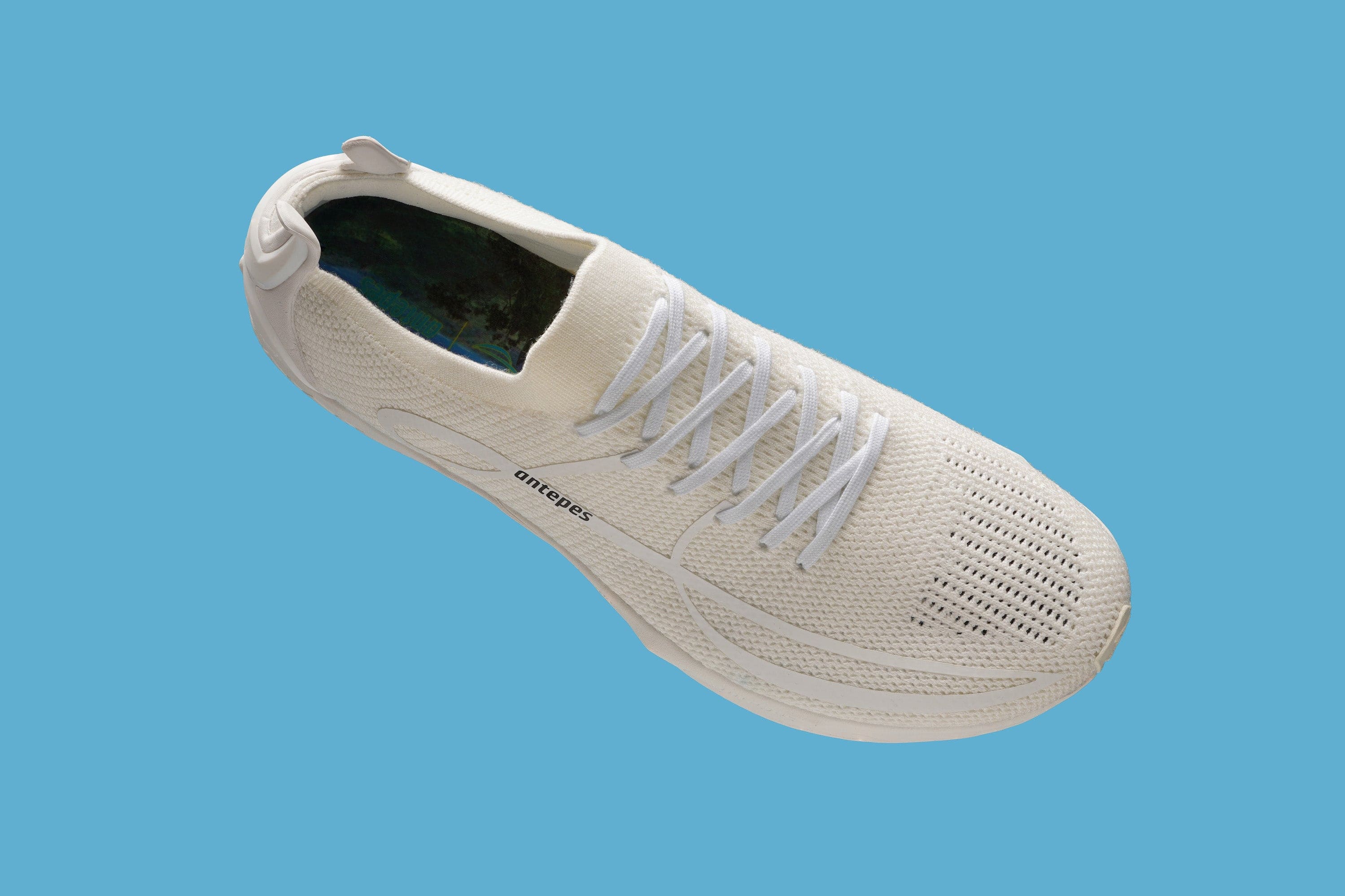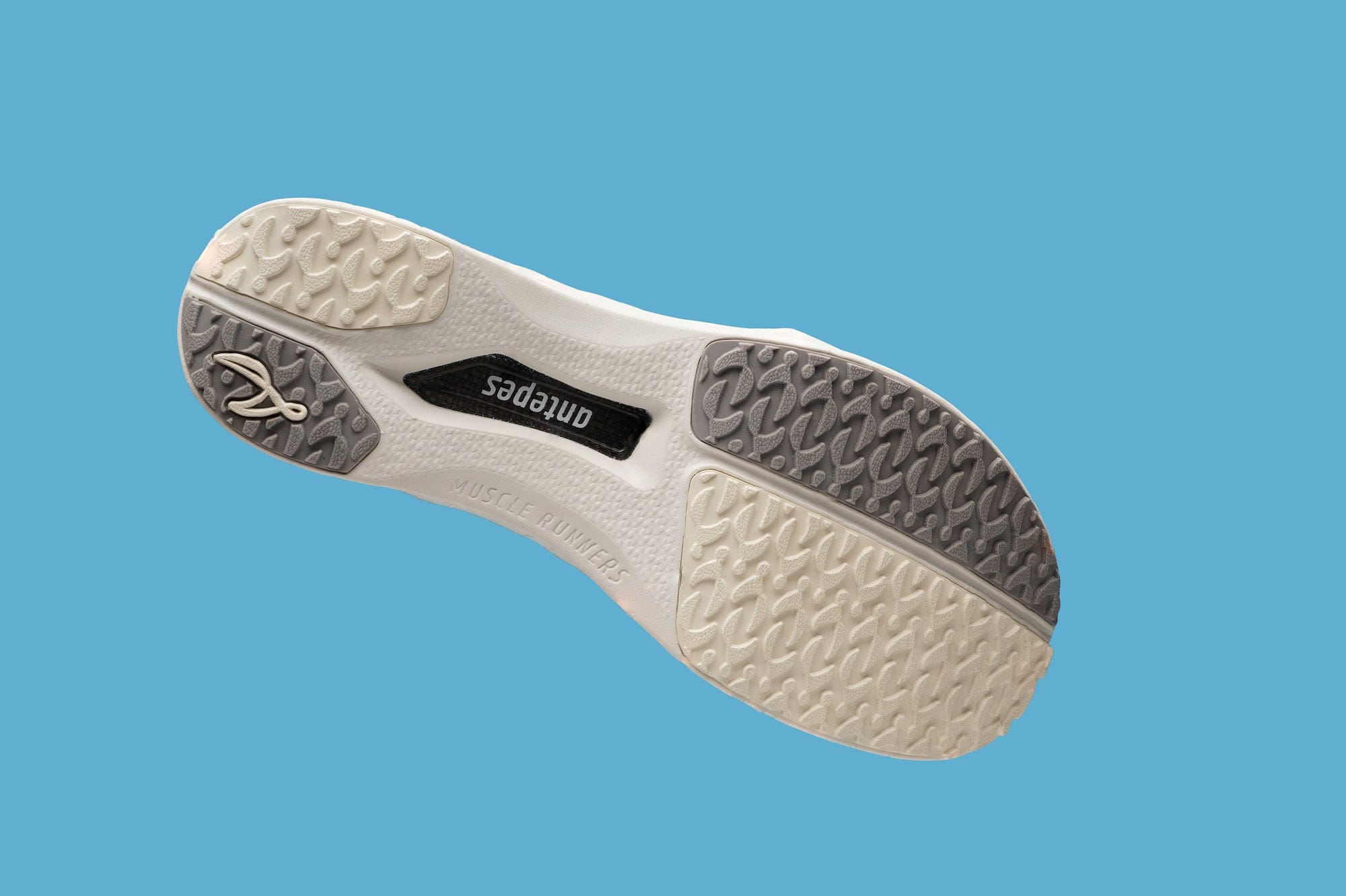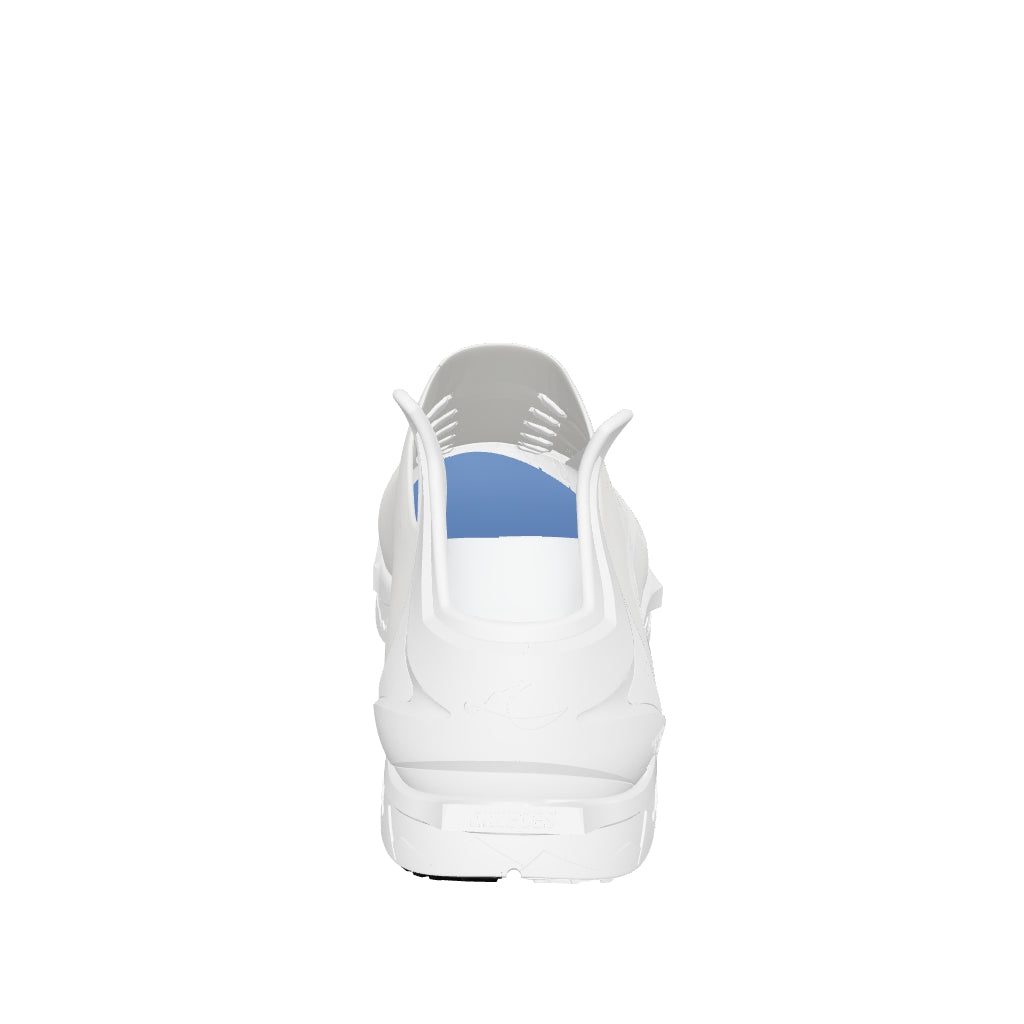Okay, okay, before the green lobby erupts we’re referring to the carbon fibre plates in your Muscle Runners. Hopefully we got your attention though as did the carbon plates and unique “track spike for the road” design of Muscle Runners
Carbon fibre is used in high tech and safety critical environments - racing cars and aircraft, for example, but it’s also filtered down for use in running shoes and track spikes. Other modes of transport that go fast!
Carbon fibre is five times stronger than steel and has double the level of stiffness. It’s also very light
Antepes thought really hard and fast (pun intended) when it came to the design of your Muscle Runners’ carbon fibre plates. You’ve run in them, so you’ll know how they push you onto your forefeet and rotate your foot smoothly and powerfully from stride to side. That’s no accident!
So, how does the Muscle Runner’s Dual-Flex Carbon Fibre Plate boost your speed? (Do note that we incorporated many other features into muscle Runners to make them as fast as possible.)
Muscle Runner’s carbon fibre plates are carefully crafted and positioned so that they are more flexible in the forefoot and more rigid under the arch and heel. The thought process behind this was to create a controlled “bow” in the shoes on foot-strike. This optimally “whips” your foot into and out of the ground contact. Sport scientists refer to this as the “spring function”.
“The plate flexes and then straightens to return energy. It also guides the foot, improving toe-off and by reducing impact forces can reduce certain types of running induced injury”
The plate flexes and then straightens to return energy. It also guides the foot, improving toe-off and by reducing impact forces can reduce certain types of running induced injury.
Much went into the strength, design and positioning of the Muscle Runner’s carbon fibre plate in order to optimise energy transfer from multiple surfaces.
Plate Position

Positioning a carbon fibre plate within a shoe’s sole can have numerous consequences not only relating to spring function but also to the stress placed across the foot’s structure. The carbon fibre plate can improve toe-off as we said and the contribution of the big toe to running and sprinting. The latter's function is in fact critical for speed production when running. Muscle Runners - and the clue is in the name - are also designed to specially strengthen the muscles used in sprinting, running and jumping.
Co-stars
The function of Muscle Runners’ carbon plate is backed up by ForeSpring™️ Foam. This Dual-Density TPE foam is designed to work in harmony with the carbon fibre plate for maximum comfort and performance.
Specifically, the ForeSpring plate is sandwiched between two TPE midsole foams in the forefoot and it sits on the top surface of the midsole foam under the heel.
Put More on your Plate
The carbon fibre plates and the foam alone however won’t do what they are designed to do unless you put the work in - although they will very much assist. You need to run technically efficiently. Your foot needs to be dorsi-flexed (toes-up) entering foot-strike when running upright - we’ll say more about how to do this in another post. Consider it should be a toes down (plantar flexed) foot position for acceleration.
“That common-place coaching comment of “sprinting on your toes” is actually not accurate”
That common-place coaching comment of “sprinting on your toes” is actually not accurate. If you strike too high (on your toes) you are likely to brake the transfer of speed as the toes “dig” in to the ground and the ankle collapses under wrongly placed and excessive contact forces.
Rather a toes-up/foot-up ground contact position utilises more surface area and will be a skimming one as the foot “comes back” to the ground through the action of the glutes and hamstrings. This enables the carbon fibre plate to optimally do the job it was designed for.
Needless to say striking on the back of the shoe will not work either. As most of you know rear-foot striking is not effective for fast running and can lead to increased injury risk. We humans are not really designed to run on our heels.
Research
Research featuring Muscle Runners shows that they offer a shorter ground contact time than regular trainers - that's down to the carbon fibre plates and TPE foam.
Running at 100% speed Muscle Runners also significantly created more peak force compared to normal trainers (2352N compared to 1965N).
And they compare very closely to track spikes for these qualities too. Look out for more research showcasing the unique benfits of Muscle Runners.
Inside Job
So, Muscle Runner’s Dual-Flex Carbon Fibre Plate may be the star of the show but it needs supporting co-stars too, such as the Dual-Density TPE foam. And then there’s supporting cast (of which Muscle Runners have many).
Here's one: you might not know it due to the carbon fibre and innovative spike-like design grabbing the headlines but inside the shoe the forefoot is dropped about 10mm lower than the heel. It’s shaped like a running foot, so you don't have to push against and fight the shoe.
Innovation after innovation … and did we mention that all this tech is produced in an environmentally friendly way and with materials chosen for their low impact on the environment???
Carbon might be going away when it comes to powering our lights and transport but it’s not going anywhere but fast when powering your Muscle Runners.


